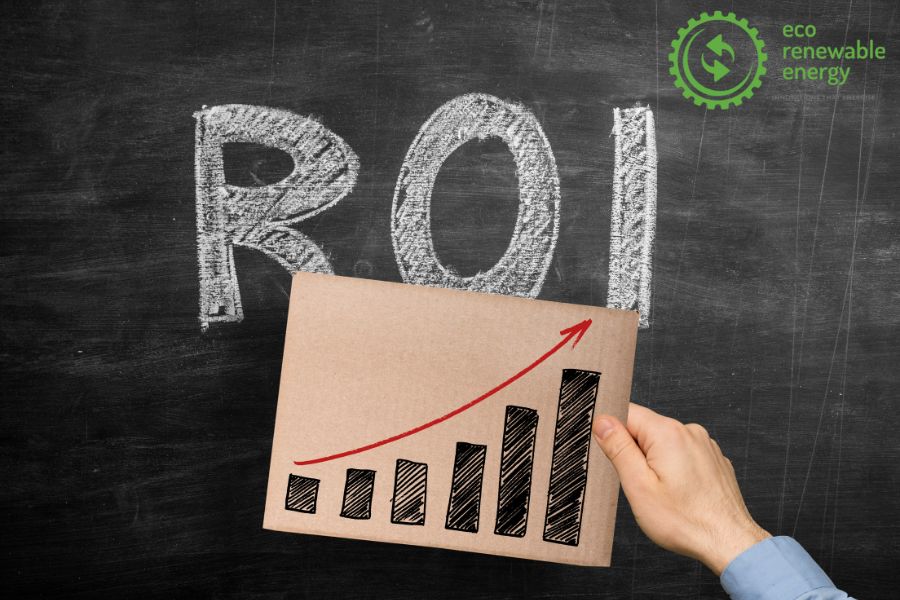Table of Contents
In today’s rapidly evolving marketing landscape, businesses are constantly looking for innovative ways to engage their audience, build meaningful connections, and maximise their return on investment (ROI). While traditional advertising methods such as TV commercials, print ads, and billboards have long been staples of the marketing mix, the rise of interactive brand activations has redefined how brands connect with consumers.
This article explores why interactive brand activations deliver better ROI than traditional advertising and how they help businesses create memorable experiences that drive results.
Understanding Interactive Brand Activations
Interactive brand activations are immersive, experience-driven campaigns designed to engage consumers on a personal level. These activations go beyond one-way communication, encouraging active participation from the audience. Examples include pop-up events, product sampling, experiential installations, live demonstrations, and gamified marketing tactics.
Unlike traditional advertising, which often relies on passive consumption, interactive activations foster a two-way dialogue, making consumers feel like active participants in the brand story.
1. Increased Consumer Engagement
One of the biggest advantages of interactive brand activations is their ability to captivate audiences. Instead of passively viewing a TV commercial or scrolling past a digital ad, consumers actively participate in brand activations, leading to higher engagement levels.
For example, a company might host an event where attendees can test their products in a fun and creative setting. Such activations make the experience personal and memorable, increasing the likelihood of consumers developing a positive emotional connection with the brand.
Higher engagement leads to better retention of brand messages, making interactive activations far more impactful than traditional methods.
2. Memorable Experiences Create Long-Lasting Impact
Humans are wired to remember experiences more than advertisements. A striking billboard may catch the eye for a moment, but a hands-on brand activation lingers in the mind for much longer.
Interactive activations use sensory elements such as touch, sound, and motion, creating a multi-dimensional experience. For example, brands utilising products like WeWatt bikes or kinetic floors at events enable consumers to engage in sustainable and innovative ways. These interactions are memorable and can align with broader brand values, such as sustainability or innovation, leaving a lasting impression.
3. Stronger Emotional Connections
Interactive brand activations allow businesses to forge authentic emotional connections with their audience. Whether it’s through storytelling, unique experiences, or personalised engagements, these activations can evoke joy, curiosity, and excitement.
For instance, hosting a pop-up event that aligns with the lifestyle and values of the target audience helps the brands move beyond selling a product- it establishes trust and loyalty. Emotional connections fostered through activations often translate into higher brand affinity and, ultimately better ROI.
4. Real-Time Feedback and Insights
Traditional advertising methods often rely on delayed analytics, making it difficult for marketers to tweak campaigns in real-time. Interactive brand activations, on the other hand, allow brands to receive immediate feedback.
For example, a product demonstration event can help brands gauge consumer reactions and gather insights directly from their audience. This real-time data enables businesses to refine their strategies, optimise offerings, and improve future campaigns, ensuring maximum impact and efficiency.
5. Amplification Through Social Media
Interactive activations are inherently shareable. Today’s consumers love to share unique and exciting experiences on social media platforms to amplify the reach of the campaign beyond the immediate audience.
Imagine a brand activation featuring a visually stunning, Instagram-worthy installation or an engaging activity like a virtual reality game. These elements naturally encourage attendees to post about the experience online, creating organic buzz and extending the campaign’s reach at no additional cost.
This peer-to-peer sharing drives authentic word-of-mouth marketing, which is far more trusted than traditional advertising, ultimately delivering better ROI.
6. Higher Conversion Rates
Interactive activations often have a direct call-to-action that encourages consumers to take the next step in their buyer’s journey. Whether it’s signing up for a service, purchasing a product, or sharing contact details, these campaigns convert engagement into measurable outcomes.
For example, at a product sampling event, consumers who try and enjoy the project are more likely to purchase it immediately or later. Traditional advertising lacks this immediate ability to convert interest into action.
7. Cost-Effectiveness and Measurable Results
While traditional advertising campaigns often come with hefty budgets for media placements, interactive brand activation can be tailored to suit a wide range of budgets.
Moreover, these activations provide measurable ROI through direct engagement metrics, leads generated, sales conversions, and social media businesses to track the effectiveness of the campaigns with precision.
Conclusion
In an era where consumer attention is fleeting and traditional advertising struggles to cut through the noise, interactive brand activations offer a powerful alternative. By engaging audiences on a deeper level, creating memorable experiences, and fostering authentic connections, these activations deliver superior ROI and long-term brand value.
If your business is looking to stand out, investing in interactive brand activations is not just a trend- it’s a smart strategy for driving meaningful results.
Let your brand step out of the billboard and into the lives of your audience, making every interaction count.


Recent Comments